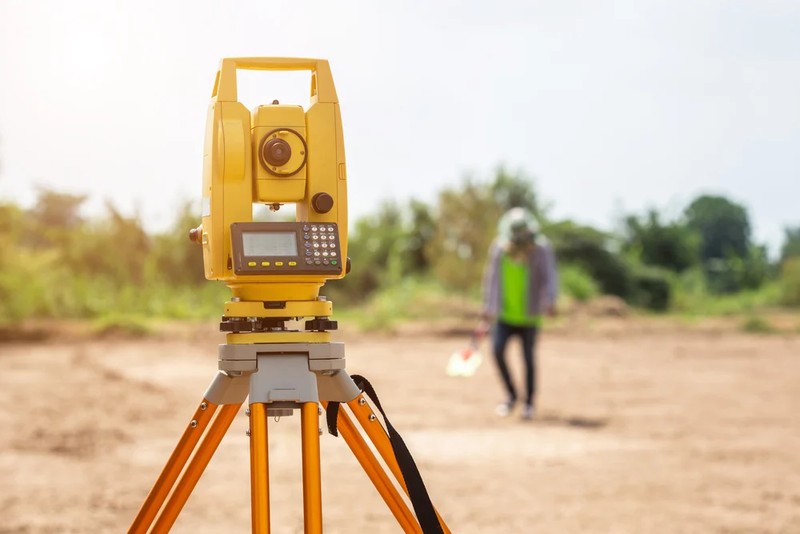
A surveyor is responsible for measuring and monitoring physical locations, terrain, water bodies, and more. Their responsibility lies in ensuring that the metric space complies with the needs of the project.
Take, for example, a situation where a surveyor has been brought in to survey and inspect the area where a bridge is to be built. In this situation, not only does the surveyor need to measure the water body over which the bridge is to be made, but it also notes the kind of soil present there. This information is then sent to the team working on constructing the bridge.
The data provided is essential, and any mistake in it could then derail the project’s success going ahead.
Who is a Surveyor?
A surveyor uses specialised tools and technology to measure and monitor and water bodies and even air. To become a surveyor, you will need to complete several hours of study in relevant fields. Then apply and get your license. While you don’t need to receive education pertinent to your area, it does help when securing rights.
Surveyors work in teams. Usually, a surveyor will hire an assistant, but also often work with groups. They use equipment like theodolites, satellite radio, GPS, tripods, and more, to accurately survey and measure locations.
What Are The Different Kinds of Surveyors?
If you want to be a surveyor, then you’ll have several options available to you. There are several kinds of surveyors, but the most common and prominent ones are:
- Construction Surveyor
Works together with construction companies, civil engineers, public and private organisations to conduct measurements for road and building works. A construction surveyor needs to ensure that the selected land area is level. They also need to ensure that that building on the location won’t negatively impact the ground or the building itself. Monitoring for underground streams or waterbeds may also be necessary, as these can affect construction work over the long run.
- Topographic Surveyor
Makes use of specialised skills related to mapping, identifying and monitoring areas, especially on land. Forested regions are often surveyed by topographic surveyors, who are tasked with ensuring that construction work can proceed without the area being negatively affected as a result.
- Hydrographic Surveyor
A hydrographic surveyor has many of the same responsibilities as a topographic surveyor. Essentially, they do the same work, except in water bodies. They use special tools to survey land that’s located near or around water bodies.
Hydrographic surveyors can be asked to make maps of coastlines, river beds, and even the floor of the sea. The information they provide is then used by seamen to ensure success during their trips. Hydrographic surveyors are also brought in when a bridge needs to be built over a water body. They have the duty of measuring and monitoring the water body, as well as notifying relevant authorities on the composition of the ground soil. This soil makeup, that is, whether it’s primarily composed of sand, clay, etc., can have a say on the success of the construction project as well.
- Forensic Surveyor
A forensic surveyor can usually be found working for the government, legal bodies, insurance agencies, courthouses, and similar organisations. Their job is to reach crime scenes and reconstruct whatever happened there. They can also be brought in to reconstruct an accident.
Other kinds of work, a forensic surveyor, does involve assessing storm damage, as well as pointing out potential threats to the environment.
- Mine Surveyor
Responsible for measuring and assessing the potential location of a mine to ensure that it’s safe for employees to work in. They can also be called in to monitor how the completed mine project is working and point out any potential issues that could affect the mine workers due to the location.
- Geodetic Surveyor
Makes use of GPS or satellite devices to measure the movement of continents across the world. This data is then used to measure rising sea levels, as well as monitor potential earthquakes.
- Environmental Surveyor
Specialise in monitoring untamed land. Can point out whether any endangered species are living in the designated land. They can also be asked to measure land that contains hazardous material or to assess damage from storms, flood and fire.
Conclusion
There are various other kinds of surveyors, aside from these. Surveyors, as professional service providers, should consider securing financial protection in the event they encounter risks. They can do this with the help of professional indemnity insurance. If you want to learn more about professional indemnity insurance for surveyors, then click here.








